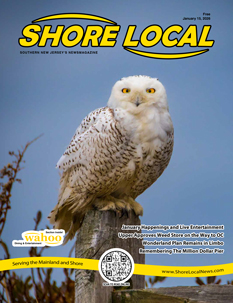By Dr. LaToya Roberts
Slippery elm is a tree native to North America and has been used as an herbal remedy for centuries. The inner bark of the tree contains a substance called mucilage. When mixed with water, mucilage becomes a slippery, thick, gel-like consistency.
Native Americans used slippery elm externally to expedite wound healing and soothe open sores, boils, burns and skin inflammation. It was also taken orally to relieve coughs, sore throats and digestive ailments.
The mucilage in slippery elm bark works as a demulcent by soothing and decreasing irritation of the digestive tract, throat, esophagus and other mucous membranes. It is often included in antitussive remedies such as lozenges.
A sore throat can be nursed to health by using slippery elm tea bags 2-3 times daily, which I recently spotted in the tea aisle at the local grocery store. I enjoy drinking the powder form in hot water with a touch of honey. However, it’s just as easy to find in capsules at any vitamin shop.
Finally, some proponents believe poultice containing the powdered bark may be applied to wounds, irritated skin and sores to protect the area and help promote healing. I’ve even used the warmed tea bags in my home to apply on a skinned elbow or knee. While more research is needed about slippery elm’s use on open skin, it has historically been used in this way.
So, remember this functional herb the next time you’re looking for a natural, easy go-to remedy. It’s an oldie but goodie!
LaToya Roberts, DO practices internal medicine at Harbor Internal Medicine. Her office is located in Bayside Commons suite 105, 501 Bay Avenue.in Somers Point.








